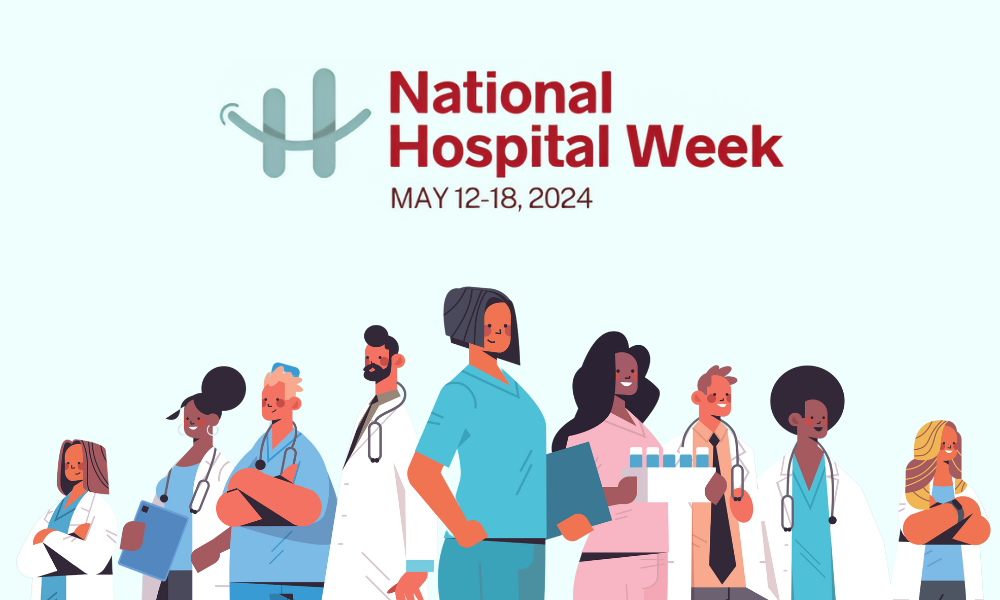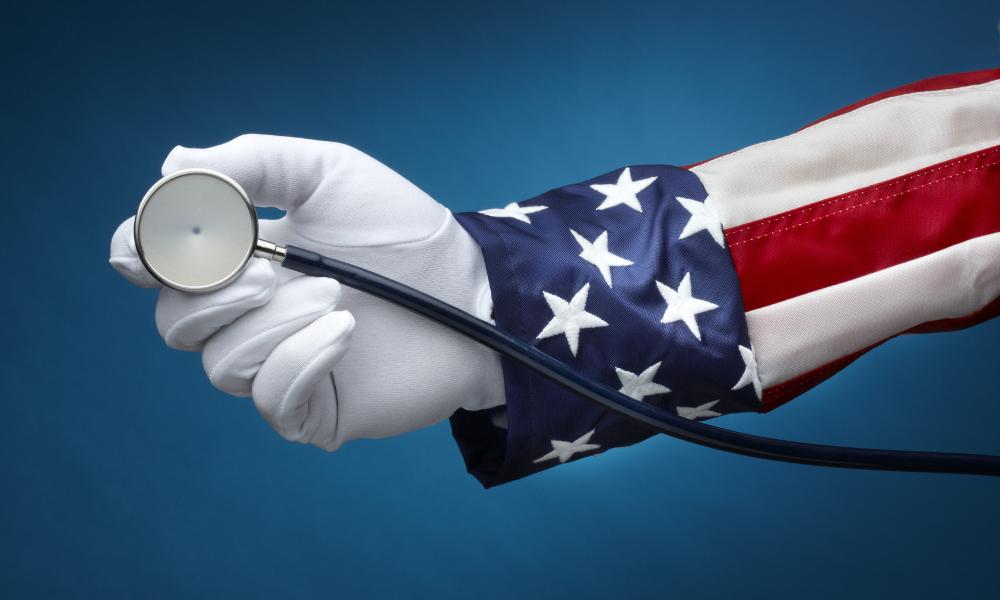Have an increasing number of COVID-19 cases and hospitalizations across the United States caused a healthcare staffing shortage this fall? Based on healthcare industry, media and staffing industry reports, the answer, most likely, is “yes.”
We’ve definitely seen an increase across the board for critical care and respiratory care,” Floyd Lee Locums CEO Natasha Lee said. “Generally, it seems the workload and work pace at most facilities is causing full-time staff fatigue and we see hospitals — not just rural, but large systems — where they need to provide some critical relief to their full-time staff. Some facilities are trying to be proactive and others already short on staff are feeling the strain even more.”
Lee added that Floyd Lee Locums has been “as busy in December as in any of our best months which is unusual.”
Staffing Shortages Grow
On Nov. 29, Shereef Elnahal, MD, president and CEO of University Hospital Newark, told CBS News, “One in five US hospitals now have severe staffing shortages as they surge with patients with COVID19.”
Although we don’t know for sure, the former New Jersey Health Commissioner likely was referring to statistics gathered for a Nov. 17 article in The Atlantic by Alexis C. Madrigal: “The reports have come in from all across the country: Hospitals are filling up, especially in the Midwest, and they are running out of the staff they need to take care of patients.”
Madrigal quoted data provided by the US Department of Health and Human Services (HHS) indicating roughly 22% of all American hospitals were experiencing staffing shortages as of mid-November.
“In eight states, the situation is even more dire,” Madrigal wrote, noting that more than 35% of hospitals in Arkansas, Missouri, North Dakota, New Mexico, Oklahoma, South Carolina, Virginia and Wisconsin were anticipating staffing shortages at the time. A co-founder of the COVID Tracking Project, Madrigal is the author of Powering the Dream: The History and Promise of Green Technology.
“COVID-19 puts pressure on hospitals in two ways. One, staff members get sick or are exposed to the coronavirus and have to stay home, reducing the labor supply,” The Atlantic writer continued. “Two, more patients arrive at the hospital, increasing demand.
“As a rule of thumb, the COVID Tracking Project has found that an increase in cases shows up as an increase in hospitalizations about 12 days later.”
Madrigal said the seven-day average of daily hospital admissions topped 5,000 at the peak of the summer surge. “Yesterday (Nov. 16), the same measure topped 10,000. We should expect many more hospitalizations, and even worse staffing shortages, to come.”
Hospitals Feel the Hurt
A number of media reports leading up to, and since, the Thanksgiving holiday (Nov. 26) appear to confirm Madrigal’s prediction.
On Nov. 8, North Dakota Gov. Doug Burgum allowed asymptomatic, COVID-19-positive healthcare workers to return to work to help reduce staffing demands on the state’s healthcare system.
On Nov. 14, the Naples Daily News reported, “A shortage of primary care physicians in Florida and nationwide is expected to worsen while the impact of the COVID-19 pandemic is not looking favorable.” According to reporter Liz Freeman, “The Kaiser Family Foundation recently ranked states based on the number of communities facing health professional shortages. Florida comes in fifth,” outranked by California, Texas, Missouri and Alaska.
As of Nov. 16, Nationwide Children’s Hospital in Columbus, Ohio, began admitting anyone age 26 and under to help other hospitals in the area relieve COVID-19 capacity issues.
As of a Nov. 17 briefing by Amy Williams, MD, dean of clinic practice at the Mayo Clinic, 905 newly diagnosed staff had contracted COVID-19 in the prior two weeks, Becker’s Hospital Review reported. Those workers made up about a third of the 2,981 Mayo staff in the Midwest who had been diagnosed with the virus since March, according to Rochester, Minn.-based system. Becker’s said the Mayo system was experiencing a stable shortage of 1,500 staff across the Midwest, including 1,000 in Rochester.
On Nov. 19, NBC News reported Elkhart (Ind.) General Hospital had to reopen older areas of the hospital when the facility’s 144 beds were over-capacity with 206 patients. Medical Affairs Vice President Michelle Bache, MD, said she asked staff to take more shifts to care for the overflow. On November 10, the hospital had to divert ambulances for seven hours for the second time in 20 years amid the COVID-19 surge. An American Hospital Association spokesperson told NBC a rise in COVID-19 cases across the country had increased diversions and delayed patient transfers “due to capacity and staffing issues.”
A couple of days later (Nov. 21) ABC News reported, “Goshen Health Hospital in Indiana has had to issue a public call for help from people with medical experience. In a Facebook post, the CEO wrote, ‘We invite you to consider if you are someone who could make a difference.’ ”
ABC News writer Stephanie Ebbs observed, “Hospitals across the country are facing an influx of COVID-19 patients, the most Americans hospitalized for the disease at any other point in the pandemic. And after struggling with shortages of personal protective equipment, intensive care unit beds, ventilators and other equipment, hospitals are now facing a shortage of a harder-to-replace resource — health care workers.”
She noted that in five states, more than a third of hospitals report critical staffing shortages: “In North Dakota, more than half of the state’s 47 hospitals faced a staffing shortage last week, Ebbs wrote. “And in the US Virgin Islands, one of the islands’ two hospitals was overwhelmed, with the second expected to face a staffing shortage within the next week.”
On Nov. 30, Staffing Industry Review reported, “Demand for certain types of nurses and other healthcare professionals is rising across the US as the COVID-19 pandemic surges… Bill rates are up, with some providers seeing increases of 30% to 40% — and some hospitals paying nurses as much as $8,000 to $10,000 per week, Kaiser Health News reports.
As of Dec. 16, The Tennessean reported, “The Tennessee Department of Health announced 11,410 new cases of COVID-19… the most ever reported.” Of the almost-485,000 cases of the coronavirus reported to date in the state, 66,774 were “active” (14%), while 2,874 (0.006% or 6/1,000) were hospitalized. Noting 53 new deaths over the previous 24 hours, the newspaper said 5,668 people (0.01% or 1/100) had died as a result of COVID-19 across the state. In Middle Tennessee, 11% of hospital beds were available and 7% of ICU beds were available as of Dec. 16.
According to a November 30 article on NPR.org, “Even the region’s largest hospitals are filling up. This week, Vanderbilt University Medical Center made space in its children’s hospital for non-COVID-19 patients. Its adult hospital has more than 700 beds. And like many other hospitals, it’s had the challenge of staffing two intensive care units — one exclusively for COVID-19 patients and another for everyone else. And they’re coming from as far away as Arkansas and southwest Virginia.
On December 2, the Center for Public Integrity reported that 47 states (down one from the week prior) and the District of Columbia were “in the red zone for new cases” — meaning they had 100+ new cases per 100,000 residents (1 in 1,000, or 0.001%). Thirty-nine states were in the White House’s red zone for deaths: more than two per 100,000 residents (0.00002%).
On December 7, HHS published a facility-level COVID-19-hospitalization dataset dating back to July 31. This data provides a weekly view of how COVID-19 has hit hospitals across the country in more detail than ever before.
On Dec. 8, the Associated Press (AP) reported, “COVID-19 deaths have topped more than 2,200 a day on average, cases have eclipsed 200,000 a day, and virtually every state is reporting surges.” Two days later, the daily US death toll passed 3,000.
On Wednesday, Dec. 9, HealthDay News reported: “New federal data show more than a third of Americans now live in areas where hospitals are critically short of intensive care beds. Hospitals serving more than 100 million Americans (total) had fewer than 15% of intensive care beds still available as of last week…”
As of Dec. 10, more than 107,000 people (107,258) across the United States were hospitalized for complications related to COVID-19. This represents 0.007% of the more than 15.5 million “positive + probable” cases across the country, according to data compiled by The Atlantic’s COVID Tracking Project. This means that seven of every 1,000 people who’ve tested positive for COVID-19 were hospitalized as a result.
On Dec. 16, the Dayton Business Journal reported, “Between Oct. 1 and Dec. 1, Ohio’s daily count of inpatient Covid-19 hospitalizations grew from 700 to more than 5,200, according to Ohio Hospital Association census data. Statewide, one in four hospital patients is COVID-19 positive, and few hospitals have enough workers to accommodate the surge.”
The latest manifestation of coronavirus (“COVID-19”) has also hastened the deaths of almost 300,000 US residents (2% of positive + probable cases) so far this year.
As The Atlantic’s Madrigal wrote, “That’s a lot of pressure to exert on a region’s healthcare systems, especially the staff. Beds can be built, floors can be repurposed, but you can’t simply train a new legion of nurses and doctors.”








